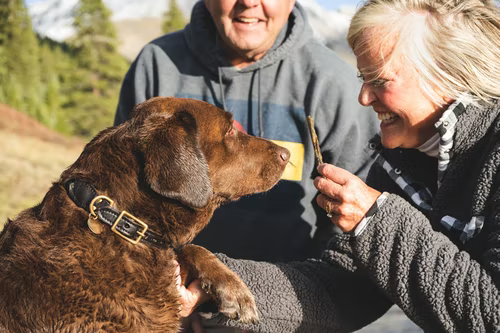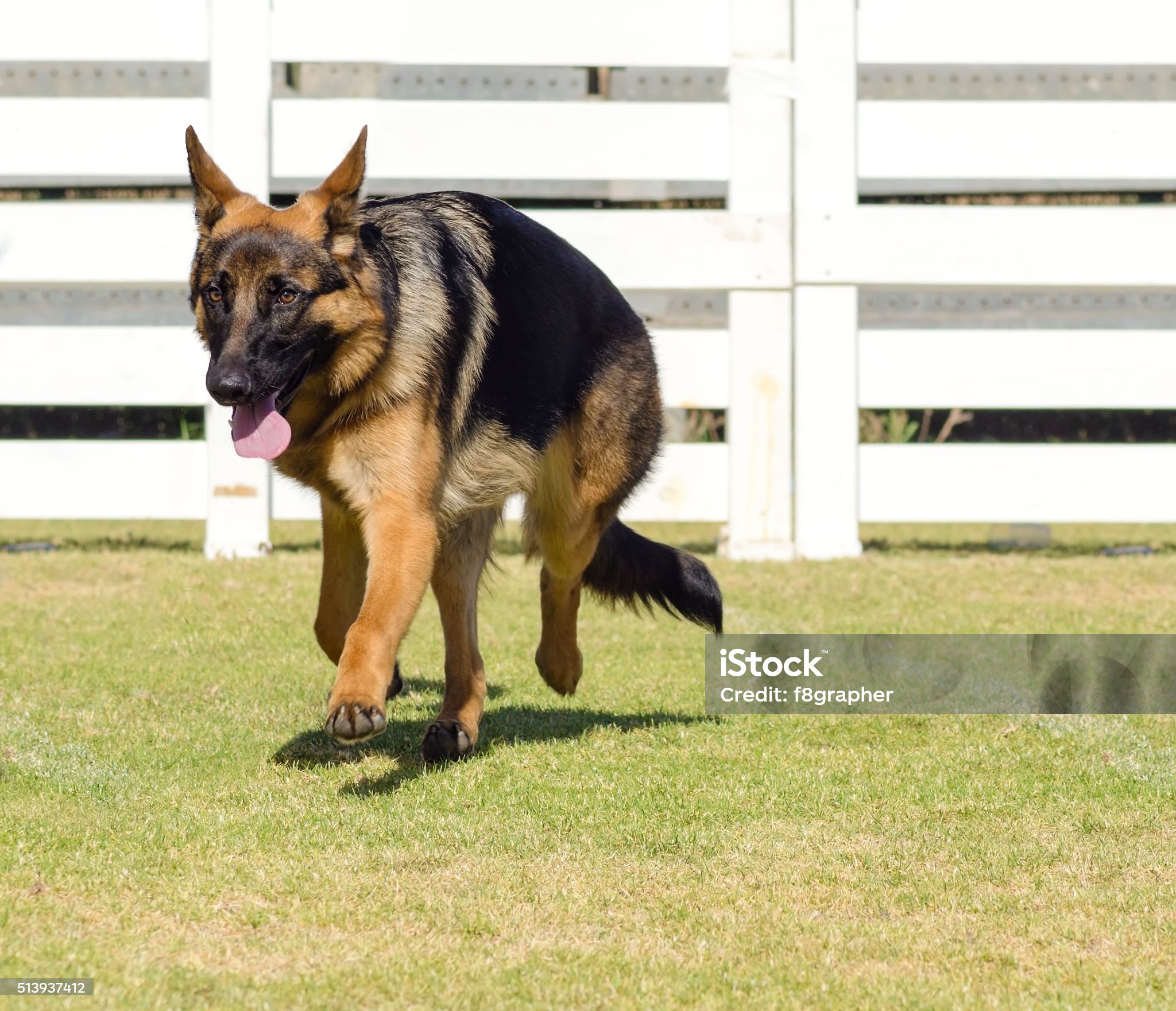Infections and Wheezing: Understanding Respiratory Illnesses in Dogs
Respiratory illnesses in dogs are common and can cause discomfort and distress for our furry friends. This article aims to comprehensively examine the facets of the canine respiratory system and the distinct disorders that have the potential to influence it, encompassing phenomena such as the canine wheezing reaction.
Additionally, we will delve into the methods of identifying respiratory illness symptoms and delineate the sequential procedures for their precise diagnosis.
Understanding Canine Respiratory System
The dog's respiratory system consists of the nose, nasal passage, pharynx, larynx, trachea, bronchi, and lungs. The process begins when the dog inhales through its nose, where the air is filtered and warmed before entering the nasal passage. From there, it passes through the pharynx and larynx and then travels down the trachea—the trachea branches into the bronchi, which lead to the lungs. The lungs exchange oxygen for carbon dioxide, and the dog exhales the waste gas.
The canine nose serves as a remarkably delicate organ, bearing immense significance within the realm of the respiratory system. As the chief gateway for air, it undertakes the essential task of sieving out potentially harmful elements like dust, pollen, and other particles. This vital function is carried out through minute hair-like structures called cilia lining the nasal passages, which adeptly trap these particles, thwarting their progression deeper into the respiratory tract.
As the air passes through the pharynx, it encounters the tonsils, which are small masses of tissue that help protect the dog from harmful bacteria and viruses.
The tonsils serve as an initial defence system, identifying and neutralising potential threats before they can cause harm. After passing through the pharynx, the air reaches the larynx, which controls airflow, prevents foreign objects from entering the trachea, and includes vocal cords for barking and sounds. The larynx also contains the laryngeal sphincter, a muscular sheet that regulates airflow during respiration, ensuring smooth breathing.
The trachea, or windpipe, links the larynx to the bronchi and comprises cartilage rings that offer structural support. These rings prevent collapse during breathing while maintaining an open trachea for consistent airflow.
As the trachea branches into the bronchi, these tubes lead to the lungs, where the exchange of gases occurs. The bronchi continue to divide into smaller and smaller tubes called bronchioles, which eventually terminate in tiny air sacs known as alveoli. Within these alveoli, the crucial exchange of oxygen and carbon dioxide occurs.
Common Respiratory Illnesses in Dogs
Several respiratory illnesses can affect dogs, ranging from mild infections to more severe conditions. Dog owners need to be aware of these illnesses to provide prompt veterinary care when needed.
Canine Influenza
Canine influenza, commonly known as dog flu, is a contagious respiratory infection caused by influenza viruses. It can spread quickly among dogs in close proximity, such as boarding kennels, dog parks, or shelters. Symptoms include coughing, sneezing, nasal discharge, and fever.
Kennel Cough
Canine cough, also called infectious tracheobronchitis, is a remarkably transmissible respiratory ailment. This infection often spreads in densely populated environments where dogs gather, including boarding facilities and dog shows. The indicators encompass a parched, convulsive cough, sneezing, and discharge from the nasal passages.
Pneumonia in Dogs
Pneumonia is an infection or inflammation of the lungs that can affect dogs of all ages. Bacteria, viruses, and fungi can cause it or the aspiration of foreign substances. Common symptoms include coughing, difficulty breathing, lethargy, and loss of appetite.
Chronic Bronchitis
Chronic bronchitis is a long-term inflammation of the airways in dogs. It is typically caused by exposure to irritants, such as cigarette smoke or pollution. Dogs with chronic bronchitis often experience persistent coughing, wheezing, and difficulty breathing.
Recognising Symptoms of Respiratory Illnesses
Recognising the symptoms of respiratory illnesses in dogs is crucial for early detection and treatment. Here are some common signs to look out for:
- Coughing and Wheezing: If your dog is coughing persistently or wheezing, it may indicate an underlying respiratory issue. This can range from minor irritation to a more serious infection.
- Difficulty Breathing: Dogs experiencing difficulty breathing may exhibit rapid or shallow breathing, gasping for air, or display signs of respiratory distress. This requires immediate veterinary attention.
- Loss of Appetite and Lethargy: Respiratory illnesses can cause dogs to lose interest in food and become lethargic. If your dog shows a sudden lack of appetite and decreased activity levels, it may indicate an underlying infection.
Diagnosing Respiratory Illnesses in Dogs
Accurate diagnosis of respiratory illnesses in dogs requires a thorough veterinary examination and may involve additional diagnostic tests.
Veterinary Examinations
During a veterinary examination, your vet will assess your dog's medical history, listen to the lungs for abnormal sounds, and perform a physical examination to identify any respiratory abnormalities. They may also check for signs of infections, such as increased temperature or abnormal lung sounds.
Diagnostic Tests for Respiratory Illnesses
Further diagnostic examinations, such as blood analyses, radiographs, or microbial cultures, might be essential to pinpoint the precise respiratory ailment afflicting your canine companion. These assessments play a pivotal role in uncovering the root cause and steering the course of suitable treatment.
Conclusion
Understanding respiratory illnesses in dogs is vital for their overall health and well-being. We can ensure our canine companions receive the necessary treatment and support by learning about the various respiratory conditions, recognising their symptoms, and seeking prompt veterinary care. Remember, a healthy respiratory system leads to a happier and more active dog.





